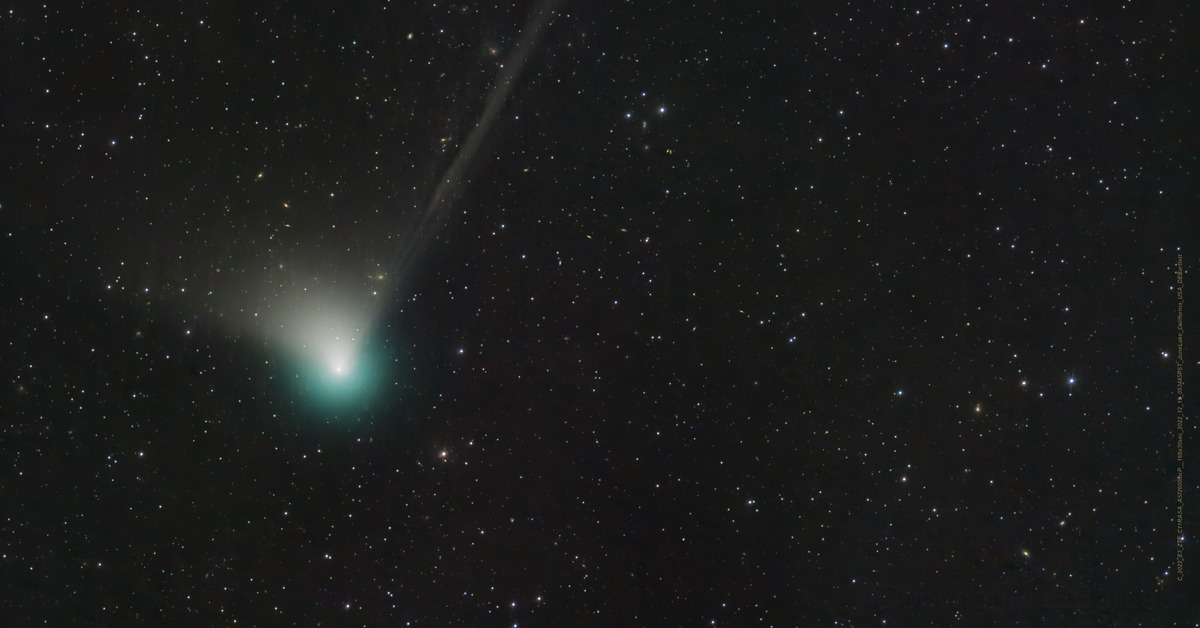The year 2023 may give us the only chance to see a new comet that will decorate the night sky. Astronomers may notice comet C/2022 E3 (ZTF) during January and early February. But to see it, you will need a telescope or binoculars.

However, while the comet will approach the Earth, there is a chance that it will become visible to the naked eye in a dark sky. If this happens, it will be the first comet to be seen with the naked eye since NEOWISE graced the sky in 2020.
This new comet was discovered last March when it was orbiting Jupiter. Its maximum approach to the Sun will take place on January 12, 2023. According to NASA, on February 2, the comet will pass by the Earth at a minimum distance of 42.5 million kilometers.
The comet should appear in the sky early in the morning in the Northern Hemisphere in January. It will be heading northwest and passing between the Ursa Minor and Ursa Major until the end of the month. According to the most optimistic scenario, observers will be able to see the comet with the naked eye until the second half of January. People in the Southern Hemisphere will probably have to wait until early February to see C/2022 E3 (ZTF). Its brilliance should exceed the 9th magnitude, but remember that all forecasts of the brightness of comets should be treated with caution.
The tailed guests of the inner Solar system do not emit their light. Sometimes they are called heavenly “dirty snowballs” because they consist of a mass of ice, gases, rocks and dust. Melting ice gives the comet a tail. Ice also reflects sunlight, which gives the impression that it glows.
Even if comet C/2022 E3 (ZTF) becomes bright enough for us to see it without the help of binoculars or a telescope, but it is expected that it will be far from NEOWISE brightness in 2020. Nevertheless, it will be a special moment for Earth, because the next visit of C/2022 E3 will take place again in 50 thousand years.
Earlier we reported on how SOHO recorded a dramatic video of the destruction of a comet by the Sun.
Follow us on Twitter to get the most interesting space news in time
https://twitter.com/ust_magazine
